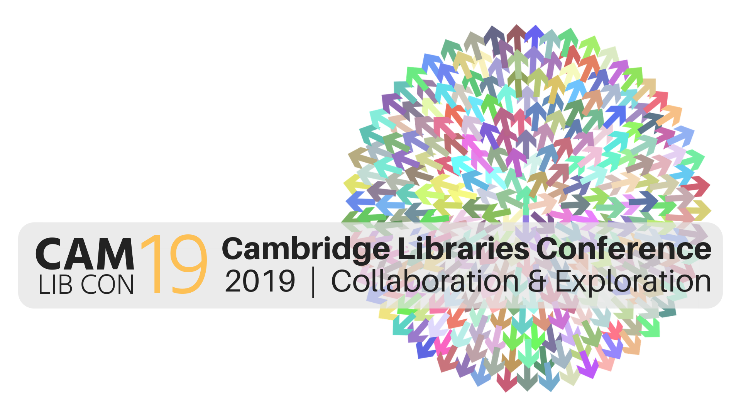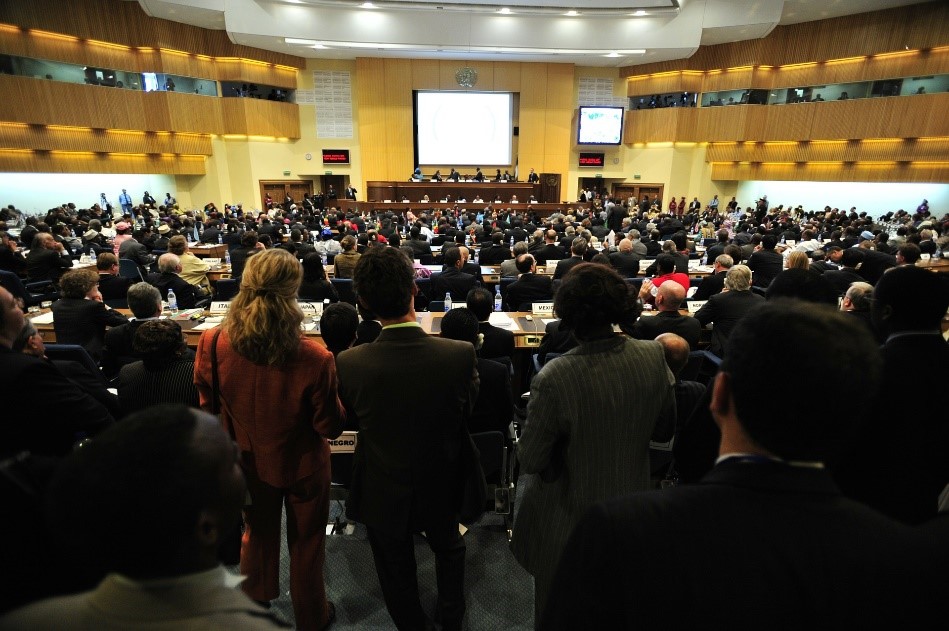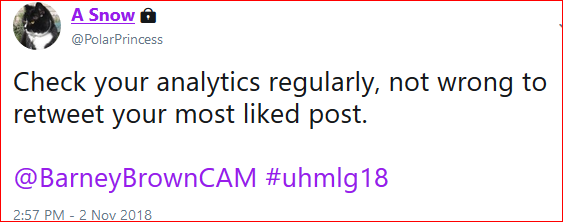Introduction
I recently attended the above event. A small, discrete perfectly formed conference. With a theme and focus on preparing for the future, the conference was current, timely, relevant and thought provoking. The speakers were a mix of seasoned, well known faces and new presenters. I was really pleased that student voices were represented at this event. Rather than summarise all the presentations I am going to focus on some that really caught my imagination.
SWOT (Strengths, Weaknesses, Opportunities and Threats) analysis of the library space in the year of generative AI – Andrew Cox – University of Sheffield
How do you feel about AI? The reporting in the general media is often negative reporting. With menacing imaginary and a Sci-Fi look to it. AI is the ability of a computer system to perform tasks typically associated with human intelligence. As an aside whilst creating this post, I have the option to ‘Ask an AI Assistant’!
AI Application
We as individuals, a society and a profession already engage with AI.
How can AI be used in the Information Profession? AI can improve searching for example, video files with only title search information – AI might offer better searching options – based on voice recognition, image recognition, translation. In daily work AI could be used with book ordering, summarising texts, help with systematic review.
How can AI be used in a health context? Perhaps explaining complex health issues to patients?
How can AI be used in daily / work life? Microsoft 365 Copilot – e.g., summarise the emails I missed whilst I was away. Flag important items. Summarise what I’ve missed in a meeting.
Is a tool that is becoming well known in our community. In my own organisation colleagues have been looking at the application of Chat GPT in a teaching context. However there are lawsuits already around its use. Users need to be aware of bias, as they should be with any tools they use and check for errors.
The Good
Easier access to information
Easier information creation
Continuous learning
Development of analytical skills
Greater collaboration opportunities
Going to be a lot of investment and development within AI and associated tools.
The Bad
Bias
Inaccuracies in information presented
Ethical principles
Trust – libraries/information colleagues are trusted/respected. Could reputations be affected by mistrust around AI tools?
The Ugly
Emotive
Power of technology companies
People feel threatened by AI and the impact on their jobs.
Tools are free of charge currently. What about the future and impact of charging for AI tools?
How sustainable is AI, not just in energy or materials, also labour market.
We are already feeling overloaded with information, sources, do we need more?
Like it or not, AI is not going away anytime soon. As a profession we are in a good place to act as testers, advise, educate and inform on the pluses and minuses of AI tools.

Artificial Intelligence Brain Think royalty-free stock illustration Pixabay
Slow and fast change: planning the future of University of Leeds Libraries student spaces – Michael Fake – University of Leeds Libraries
We all know that user behaviour, culture and expectation have changed significantly post Covid. In my own organisation, we have seen an increase in the demand for spaces to hold online meetings for example. We are currently evaluating some of our library spaces, looking to improve them with new furniture and reimaging how the spaces could be improved and enhanced for our users. We have also increased our wellbeing collection and offerings which were already in place prior to lockdown. With this in mind, it was interesting to hear about another academic library.
The University of Leeds is very different to my own institution. Leeds has 38,000 students, 4,800 study spaces across 5 sites, with silent study, group areas and social spaces. Undergraduate usage had risen by 11%. (Figures up to 2018). By contrast there are over 100 libraries including Cambridge University Library, departmental and faculty libraries, college libraries, and various other specialist libraries associated with the university. 20,000 plus students, from 140 countries.
The Universities of Leeds and Cambridge are not unique in the need for spaces for online engagement. Greater pressure on Capital budgets, sustainability and uncertainty about post- Covid trends, means existing spaces need to be considered and redeveloped. It is interesting to consider how much do uninviting spaces impact on collections/areas being used? Michael gave an example from the Brotherton Library, the microfiche collection is held in the basement behind a heavy/thick/intimidating door, this resource is not well used. To increase awareness of ‘non-clinical’ resources, at my library we expanded our fiction collection to include DVDs, popular science and ‘lived experience’ titles. Arranged the furniture in a cosy way, bought bean bags and new bookshelves. We are looking at ‘greening’ the area and continuing to make it more inviting.

The traditional approach of planning and changing spaces can be long term, slow, seen as significant investments of money, design by committee rather than the user. Due to the long term nature, priorities and needs can shift from the original goal. “Perfect can be the enemy of the good” – Michael Fake.
Aligning with the Uni. of Leeds Vision – Knowledge for all, Leeds wanted to provide creative/innovative environments. A ‘Non-traditional approach’ was taken, User-led development of spaces, trying things out, moving faster, cheaper, and empowering and engaging staff by giving them permission to try things. Around 15% of library staff had UX training , which was targeted at specific teams. Changes include creation of wellbeing spaces, a maker space, writing cafe.
What Next?
University of Leeds libraries want to continue to empower and enable library staff to engage in innovation. Teaching UX techniques to continue. Fostering a culture of its OK if things break, don’t work. Change the culture of staff to “What would the users think” in terms of new ideas/approaches.
An interesting, timely and thought provoking presentation.
.
 Image by
Image by  Image by
Image by 

 Image by Jill Wellington from Pixabay
Image by Jill Wellington from Pixabay

 2020 Vision for Libraries
2020 Vision for Libraries











